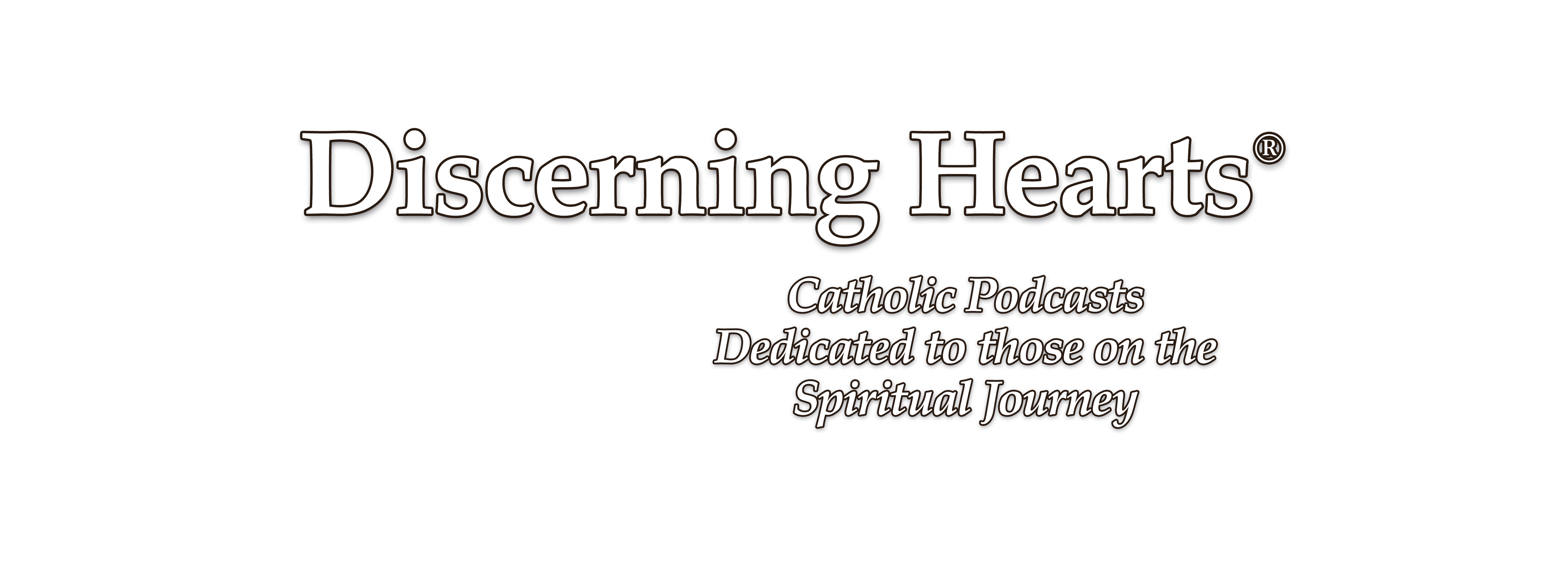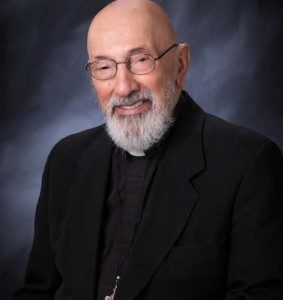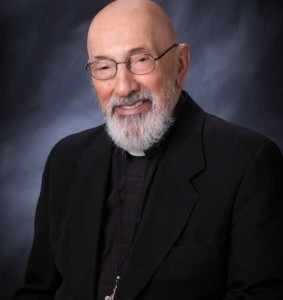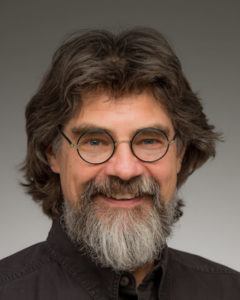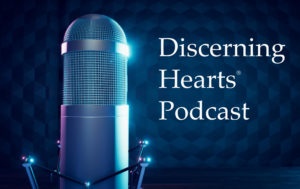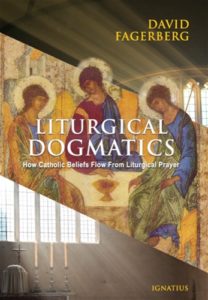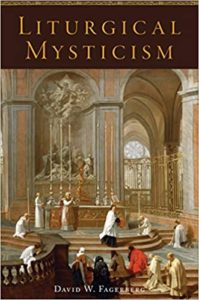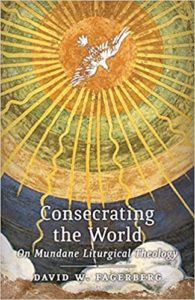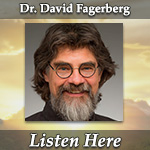Podcast: Play in new window | Download (Duration: 28:31 — 19.7MB) | Embed
Subscribe: Apple Podcasts | Spotify | Amazon Music | Android | Pandora | iHeartRadio | JioSaavn | Podchaser | Gaana | Podcast Index | Email | TuneIn | Deezer | Anghami | RSS | More
Episode 3 – A Heart Filled with Praise- A Biblical Way of Praying the Mass with Fr. Timothy Gallagher O.M.V.
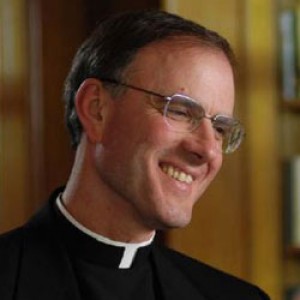
We continue our conversation with Fr. Gallagher discussing the encouragements given by Venerable Bruno Lanteri in regards to a biblical way of praying the Mass. In this episode, Fr. Gallagher reflects on the Gloria
Glory to God in the highest (raise your heart on high; let it express joyful praise of God),
and on earth peace to people of good will (ask for God’s peace on this troubled earth).
We praise you (pause simply to recognize God’s love and goodness),
we bless you (pronounce his name with love and reverence; bless him for his works of love),
we adore you (lift your heart in reverent and joyful adoration of his love, his goodness),
we glorify you (express your love for God, glorify him with your heart, your words, your life),
we give you thanks for your great glory (thank him for his saving work in the world and in your life),
Lord God, heavenly King (welcome him with love as Lord, as King in your life),
O God, almighty Father (open your heart to the love and power of our heavenly Father),
Lord Jesus Christ, Only Begotten Son (turn now to Jesus, our Lord, the beloved Son in whom the Father takes delight),
Lord God, Lamb of God, Son of the Father (“Behold, the Lamb of God” [John 1:36]: see the divine Lamb; behold him; draw near to him with confidence),
you take away the sins of the world, have mercy on us (ask with confidence for the mercy that takes away sin);
you take away the sins of the world, receive our prayer (“Everyone who asks, receives” [Matt. 7:8]; present your prayer with trust in his promise);
you are seated at the right hand of the Father, have mercy on us (“Therefore he is always able to save those who approach God through him, since he lives forever to make intercession for them” [Heb. 7:25]; ponder these words).
For you alone are the Holy one (acknowledge the unique holiness, goodness, and love of Jesus),
you alone are the Lord (“At the name of Jesus every knee should bend . . . and every tongue confess that Jesus Christ is Lord” [Phil. 2:10–11]: profess him as the Lord of your life.),
you alone are the Most High (“you alone”: give him this special, unequalled place in your life, in your heart.),
Jesus Christ (the Son, our Savior), with the Holy Spirit (the Paraclete, the Advocate, the Consoler), in the glory of God the Father (our loving Father in heaven). Amen.
Gallagher, Fr. Timothy; Gallagher, Fr Timothy . A Biblical Way of Praying the Mass: The Eucharistic Wisdom of Venerable Bruno Lanteri (pp. 39-40). EWTN Publishing Inc.. Kindle Edition.
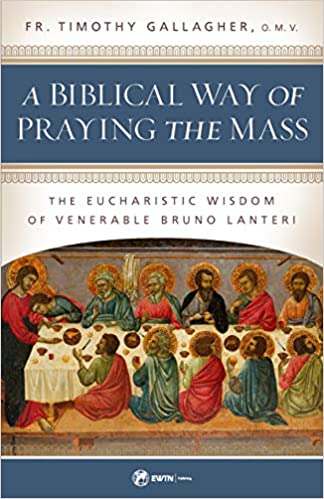 You can find A Biblical Way of Praying the Mass here
You can find A Biblical Way of Praying the Mass here
Father Timothy M. Gallagher, O.M.V., was ordained in 1979 as a member of the Oblates of the Virgin Mary, a religious community dedicated to retreats and spiritual formation according to the Spiritual Exercises of St. Ignatius. Fr. Gallagher is featured on the EWTN series “Living the Discerning Life: The Spiritual Teachings of St. Ignatius of Loyola”. For more information on how to obtain copies of Fr. Gallaghers’s various books and audio which are available for purchase, please visit his website: frtimothygallagher.org
